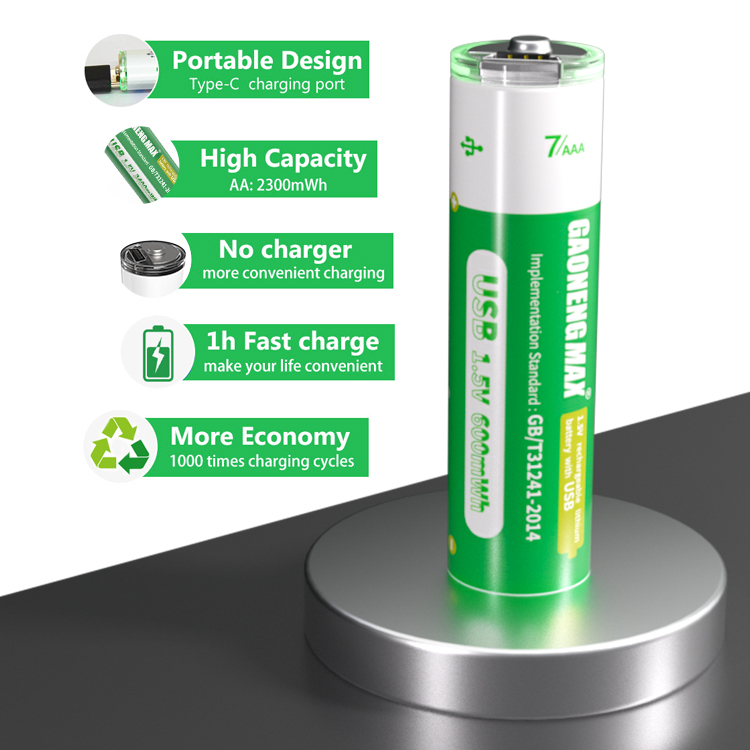Time:2024.12.24Browse:0

1. There are two commonly used classification methods in the market: classification by electrode material and classification by product appearance.
A. Classification by electrode material
Positive electrode materials: lithium iron phosphate (LFP), lithium cobalt oxide (LCO), lithium manganese oxide (LMO), (binary battery: lithium nickel manganese oxide/lithium nickel cobalt oxide), (ternary: lithium nickel cobalt manganese oxide (NCM), lithium nickel cobalt aluminate (NCA))
Negative electrode materials: lithium titanate ion batteries (LTO), graphene batteries, and nano carbon fiber batteries
The concept of graphene in the market mainly refers to graphene based batteries, which include adding graphene slurry to the electrode or adding graphene coating to the separator. Lithium nickel oxide and magnesium based batteries are basically non-existent in the market.
B. Classification by product appearance
Divided into: cylindrical, soft, and square.
Cylindrical and square outer packaging are mostly made of steel or aluminum shells. The outer packaging of a soft bag is made of aluminum plastic film, but in fact, a soft bag is also a square shape. In the market, it is customary to refer to aluminum plastic film packaging as a soft bag, and some people also refer to soft bag batteries as polymer batteries.
Regarding cylindrical lithium-ion batteries, their model number is generally 5 digits. The first two digits represent the diameter of the battery, and the middle two digits represent the height of the battery. The unit is millimeters. For example, the 18650 lithium-ion battery has a diameter of 18 millimeters and a height of 65 millimeters.
C. According to different electrolyte materials
Lithium ion batteries are divided into liquid lithium ion batteries (LIB) and polymer lithium ion batteries (PLB).
Liquid lithium-ion batteries use liquid electrolytes (currently most power batteries use this type). Polymer lithium ion batteries are replaced by solid polymer electrolytes, which can be dry or colloidal. At present, most of them use polymer gel electrolytes. Regarding solid-state batteries, strictly speaking, it means that both the electrodes and electrolytes are solid.
Read recommendations:
18650 1500mAh 3.7V
Correspondence base station lithium iron phosphate lithium battery
Lithium Manganate Rechargeable Lithium Batteries
convenient energy storage power supply Product
902030 polymer battery